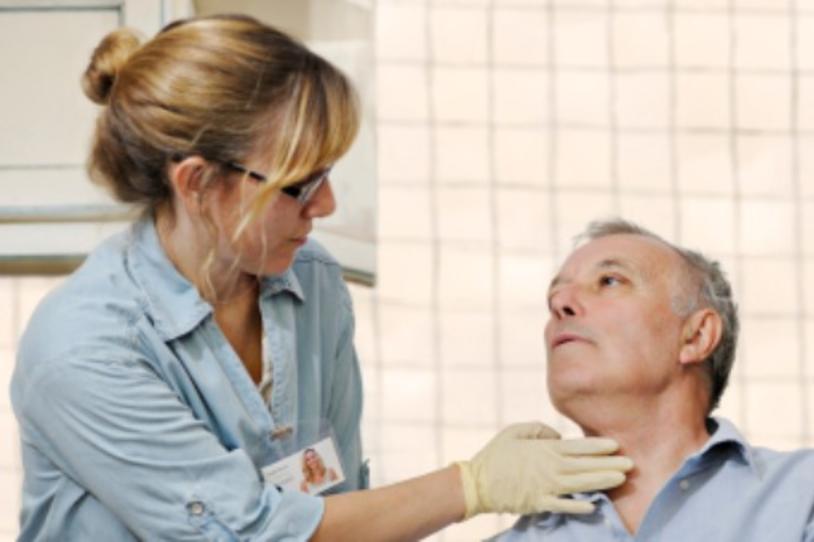
This guest post comes from Michelle Ciucci, PhD, CCC-SLP, an Assistant Professor at the University of Wisconsin and a National Foundation of Swallowing Disorders (NFOSD) board member. NFOSD is a 501(c)(3) nonprofit organization that seeks to improve the quality of life of those suffering from swallowing disorders (dysphagia). By enhancing direct patient support, education, research and raising public, professional and governmental awareness, NFOSD’s mission is to prevent swallowing disorders and advance their treatment. NFOSD unites people with swallowing disorders with qualified specialists and support groups, increases awareness about swallowing disorders and provides valuable resources for therapists and their patients. NFOSD is also helping fund stem cell research to improve disordered lingual function that disrupts swallowing function.
Fast facts:
- Swallowing difficulty can occur at any stage of Parkinson's disease (PD).
- Evaluation and treatment of swallowing disorders are performed by a speech language pathologist.
- Swallowing disorders are treatable.
- The leading cause of death in Parkinson's is aspiration pneumonia due to swallowing disorders.
Difficulty swallowing, called dysphagia, can happen at any stage of Parkinson disease. Signs and symptoms can range from mild to severe and may include: difficulty swallowing certain foods or liquids, coughing or throat clearing during or after eating/drinking, and feeling as if food is getting stuck. As the disease progresses, swallowing can become severely compromised and food/liquid can get into the lungs, causing aspiration pneumonia. Aspiration pneumonia is the leading cause of death in PD.
It is important to note any changes to swallowing, because there is opportunity to intervene early and preserve both health and quality of life. Swallowing disorders are managed by the medical team with a speech-language pathologist and physician. Evaluation typically involves an interview, a physical examination of the head and neck, trials with food/liquid and if indicated, an instrumented examination, either with a moving x-ray, called videofluoroscopy (also known as a modified barium swallow study) or by visualizing the throat with a scope (called endoscopy).
Treatment is specific to the nature of the swallowing problem, but can involve strategies to help food or liquid go down safely (swallowing hard, holding breath while swallowing, tucking the chin while swallowing), diet changes (thickening liquids, making foods softer), exercises, or a combination of these. In some cases, alternatives to oral feeding, such as a feeding tube, are indicated. However, just because you have a swallowing problem, it does not mean that you will need a feeding tube.
Because Parkinson disease is progressive, swallowing abilities can change over time, underscoring the need for early intervention and frequent follow-up. Sometimes the signs of a swallowing disorder can be subtle, so it is important to be vigilant. If you think you have difficulty swallowing, ask your physician to refer you to a speech language pathologist for a swallowing evaluation.